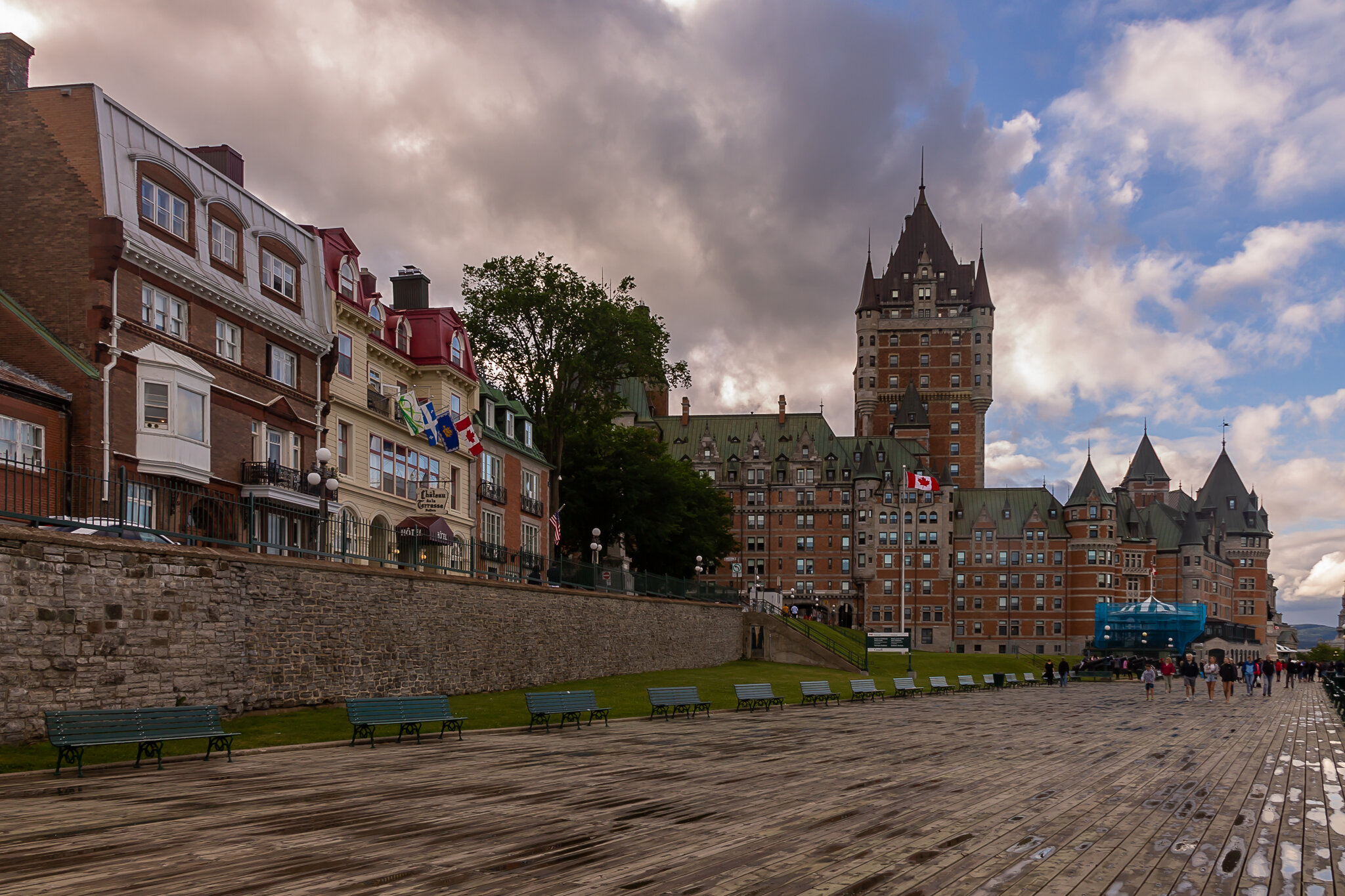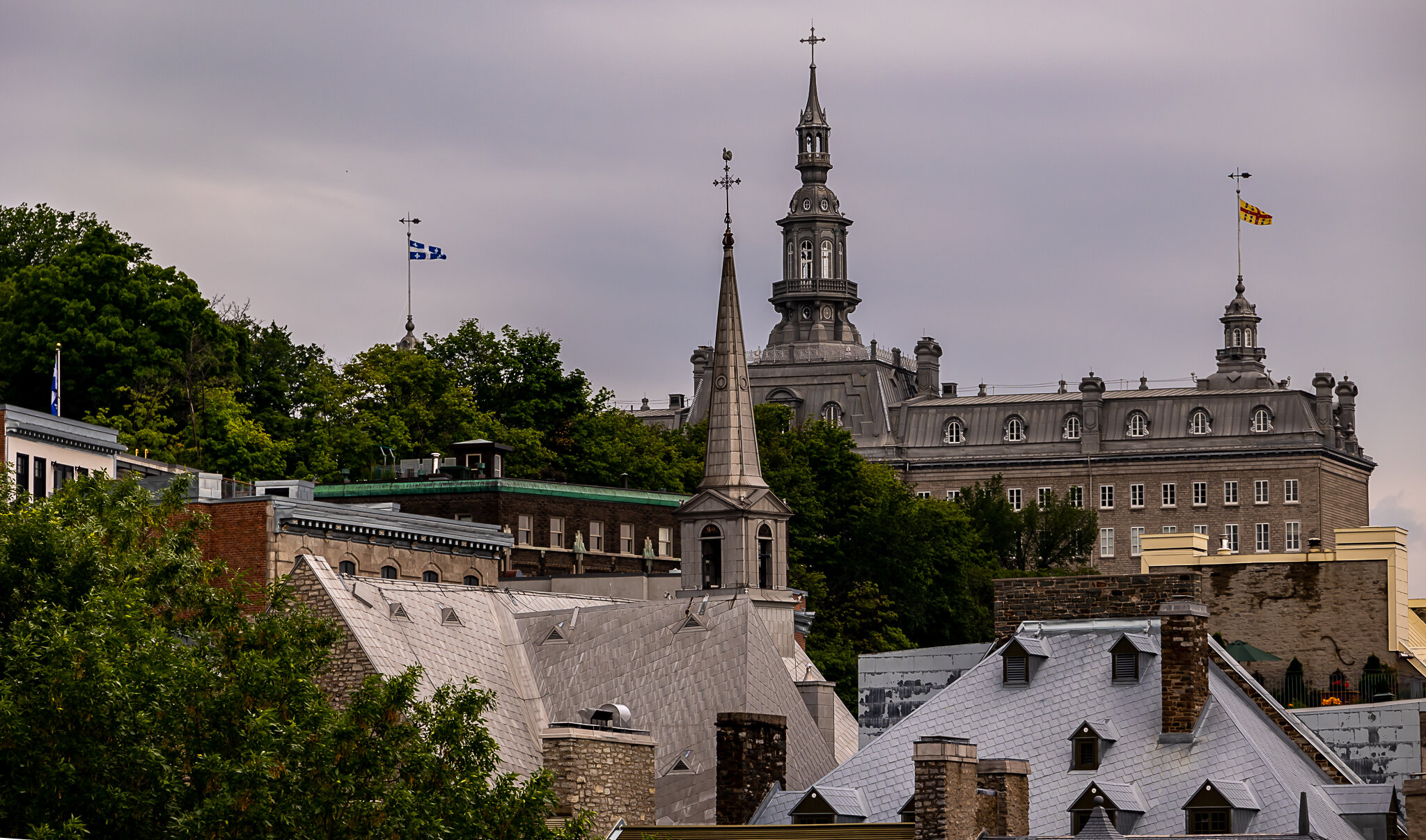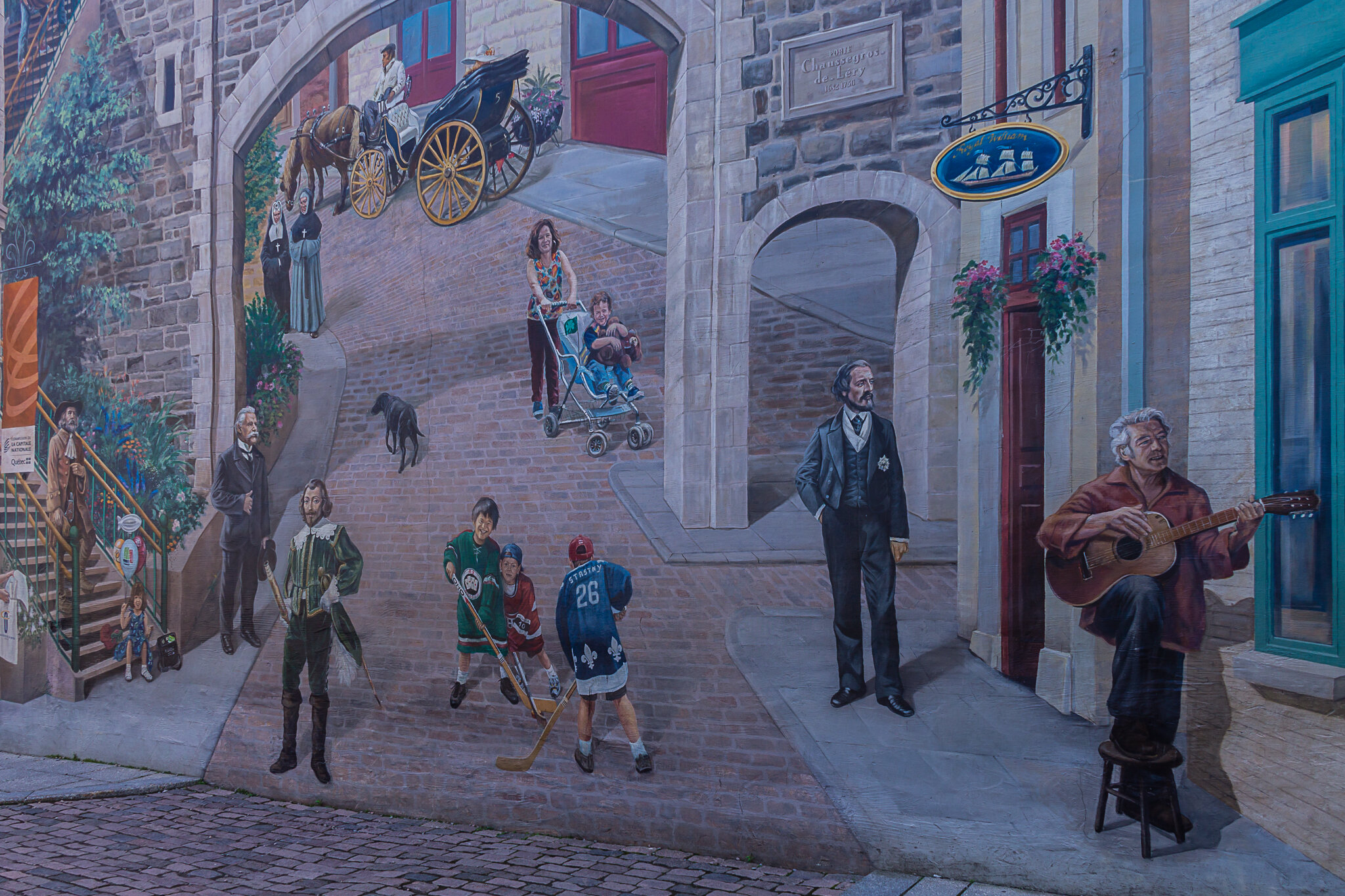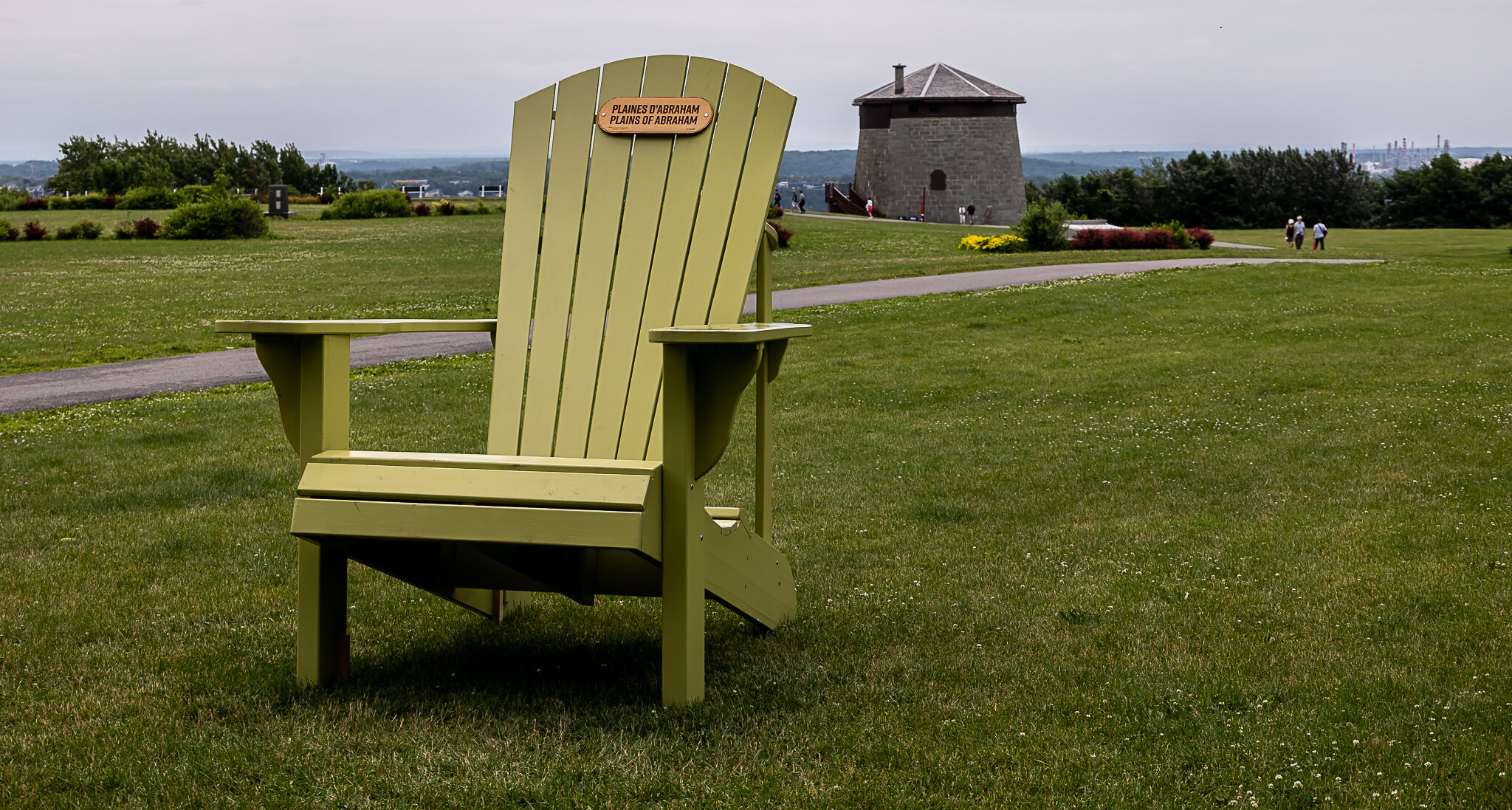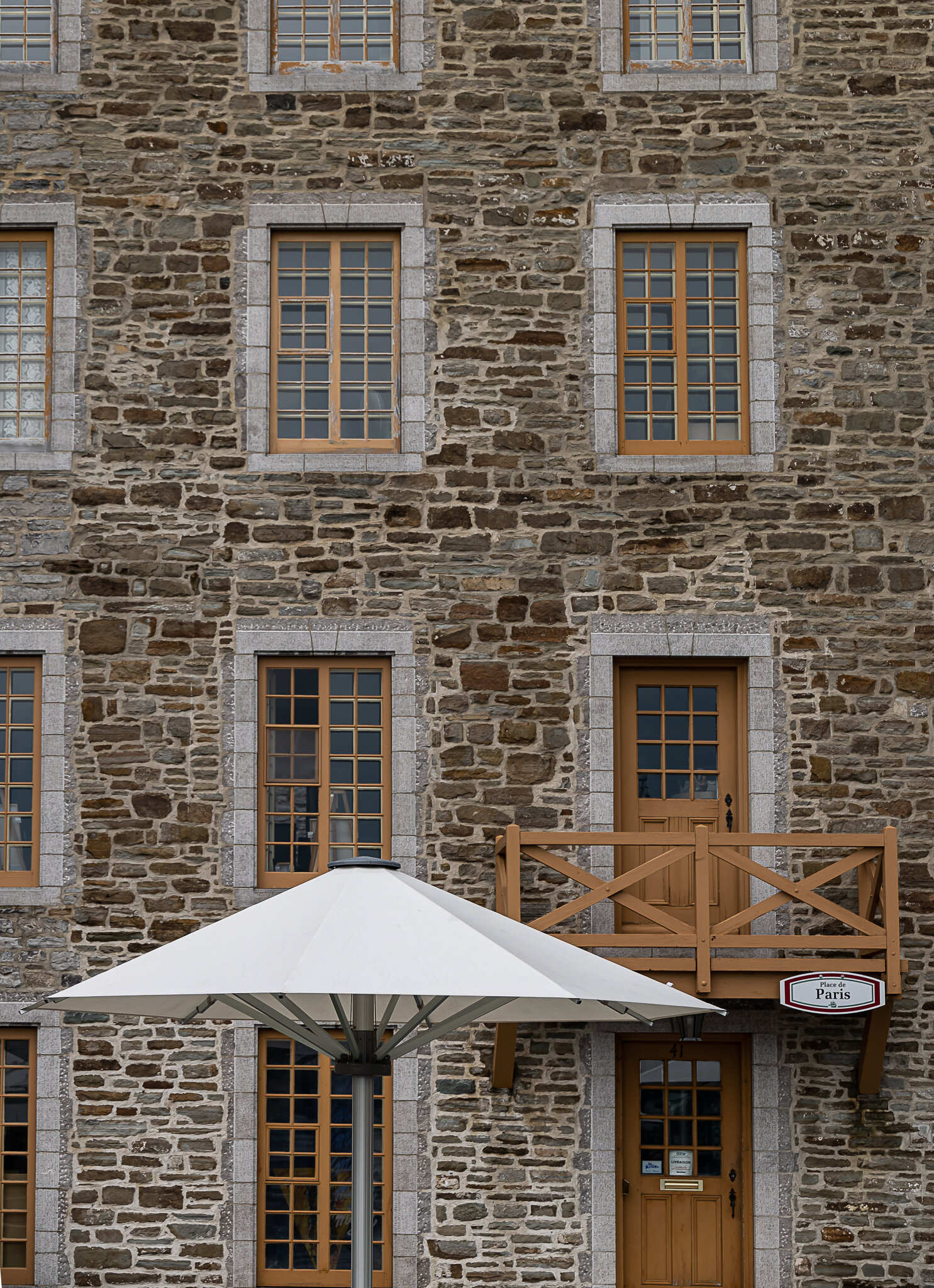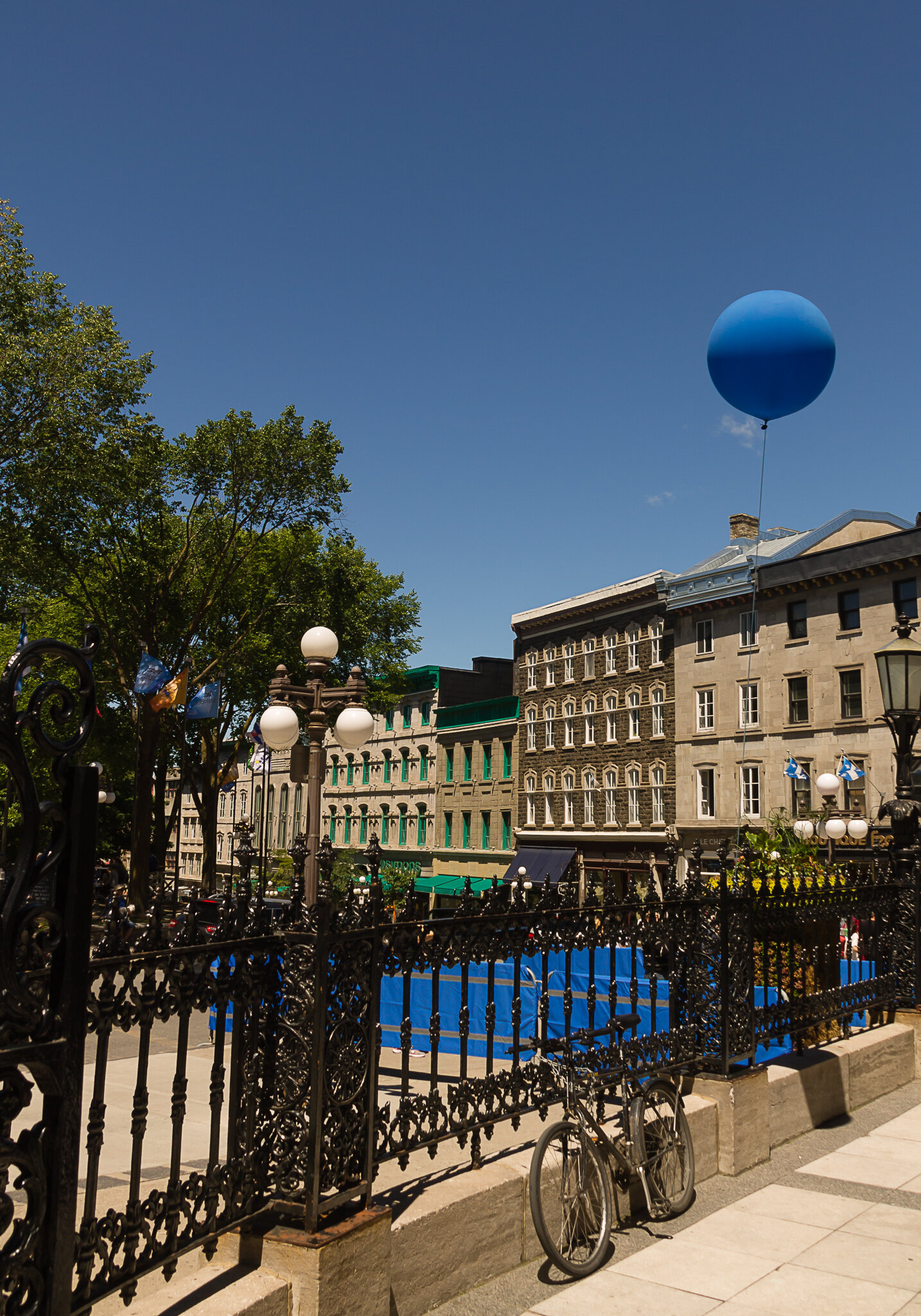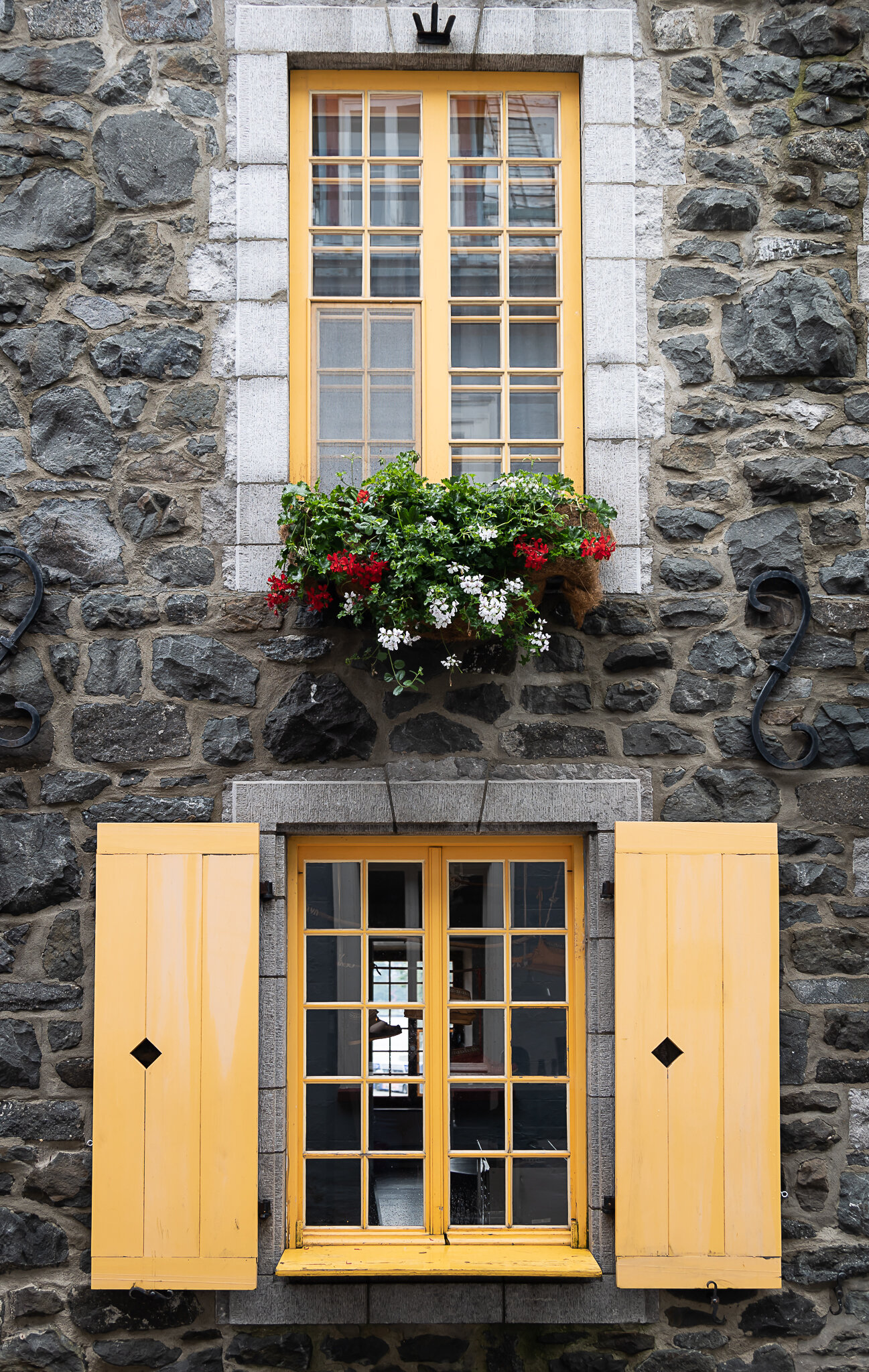On June 12th, Karl set out for Quebec City and he had a lot to say about it:
“Sunday night it rained quite hard. I started out Monday morning, however, over the marsh road, along the bank of the St. Lawrence. I found wretched roads, I could not attempt to wheel, so I trudged along, shoving my wheel along by my side. The soil was of a sticky black clay which in some places stuck to my wheel in such quantities that actually the wheels refused to revolve to say nothing of what was on my boots I thought by walking through the fields I might get along easier so I climbed the fences from field to field for three miles, until ordered out by an angry Frenchman.
Arriving at St. Anns, I had to stay there for the night as it began to rain again. It rained very near all of Monday night but as I could not make the hotel people understand me very well, and having no one to talk to, I started out again Tuesday morning across the marsh for Levis, it having cleared up some. The first five miles I found just a day or two previous, had been ploughed and harrowed to make them smooth: needless to say, I walked that five miles. I had a strong headwind all this time and had had the two days before, and it kept up till I reached Three Rivers, four or five days later.
Thinking I should be putting into practice what French I knew, I saluted a farmer with ‘Comment vous portez vous Monsieur? (How do you do Sir?)’ I made a grave mistake somewhere, however for all he did was shake his fist glare at me and then he promptly set the dog on me.
I arrived somewhere, I know not where that afternoon at 5 o’clock and it began to rain again, and continued until the following day at noon, and during that time I had no one to talk to, and the only thing around printed in English was a dictionary; so as soon as it cleared up, you may be sure I was off again. I did not feel as though I wanted to linger around those parts very long.
I arrived at last at Levis, having travelled 127 miles from Rivière Du Loup, having spent 29 hours on the road.
Thursday morning I took the ferry at Levis, and crossed over to Quebec, and found in the lower town, some streets so narrow one could hardly get along, among them being Little Champlain street, the oldest street in Canada. I took a car from the wharves and went about a mile along Joseph St. on which are some fine stores, on either side of the street of every description. On the second street back were numerous carts, trucks, beer and bread wagons, fruit stalls, Chinese laundries, merry-go-rounds and almost everything found in a large city; back of this again were the residences of the poorer class of the city.
There are different flights of stairs leading from the lower town to the upper town, or if a person is in a hurry he can take an elevator. After climbing two or three flights of stairs, I arrived panting and gasping for breath, to the upper town and found a much finer place than I had left below.
This place is built on a cliff and the fortifications are 242 feet above the level of the river: all the public buildings are very large and handsome, and are built of stone and granite; a wall runs from the forts and surrounds the old city, in which are gates into the new one. Inside this wall, on the cliff is the wide public promenade, known as the Dufferin Terrace, and on this terrace, where the residences, of the old French Governors, once stood attends the Chateau Frontenac, the large C.P.R. hotel which is a magnificent structure.
Looking down from the terrace, one can see into the lower town right at the foot of the perpendicular stone cliff, all the narrow streets and stairs, queer old buildings, built against the cliff; and looking across the river one can see the town of Levis with its 7,000 people and the river with its ships, steamers and other numerous craft of every description.
I was shown by a soldier, around the citadel. On the right of the forts is Wolfe Cove, where General Wolfe landed his army and marched them up to the Plains of Abraham, which is now a large square field, on which stands a statue of the General. Between the forts and the Plains are the ruins of the old French fortifications. There are quite a number of 12-ton guns mounted on the citadel ready for action at short notice, and under one of these guns is the place where nine years ago, 60 persons were killed by a landslide. In front of the officers’ barracks is a small field gun which was captured at Bunker Hill, June 17th, 1775, by the British Troops. There were four of these guns which belonged to the Grasshopper battery, three of which are now in Boston; the other, which was captured by the English is called by the Americans; the missing gun.
After picking up a few curiosities and having spent an interesting forenoon in this ancient city I took the ferry back to Levis, got my wheel crossed back again and took the Northside of the river for Montreal.”
To stay authentic to Karl’s journey, I also booked my accommodation in Levis and like Karl chose to take the ferry over to Quebec City. First I explored the lower town including little Champlain Street then taking the stairs to the upper town along Dufferin Terrace to admire the Chateau Frontenac and continue walking to the Plains of Abraham. If I was to describe the details of Quebec City to you dear reader, it would be almost identical to Karl’s detailed description albeit for there no longer being Chinese laundries or beer and bread wagons. But instead of describing it with words, I’ll leave this chronicle with what Karl lacked, an ability to share the images of Quebec City.


